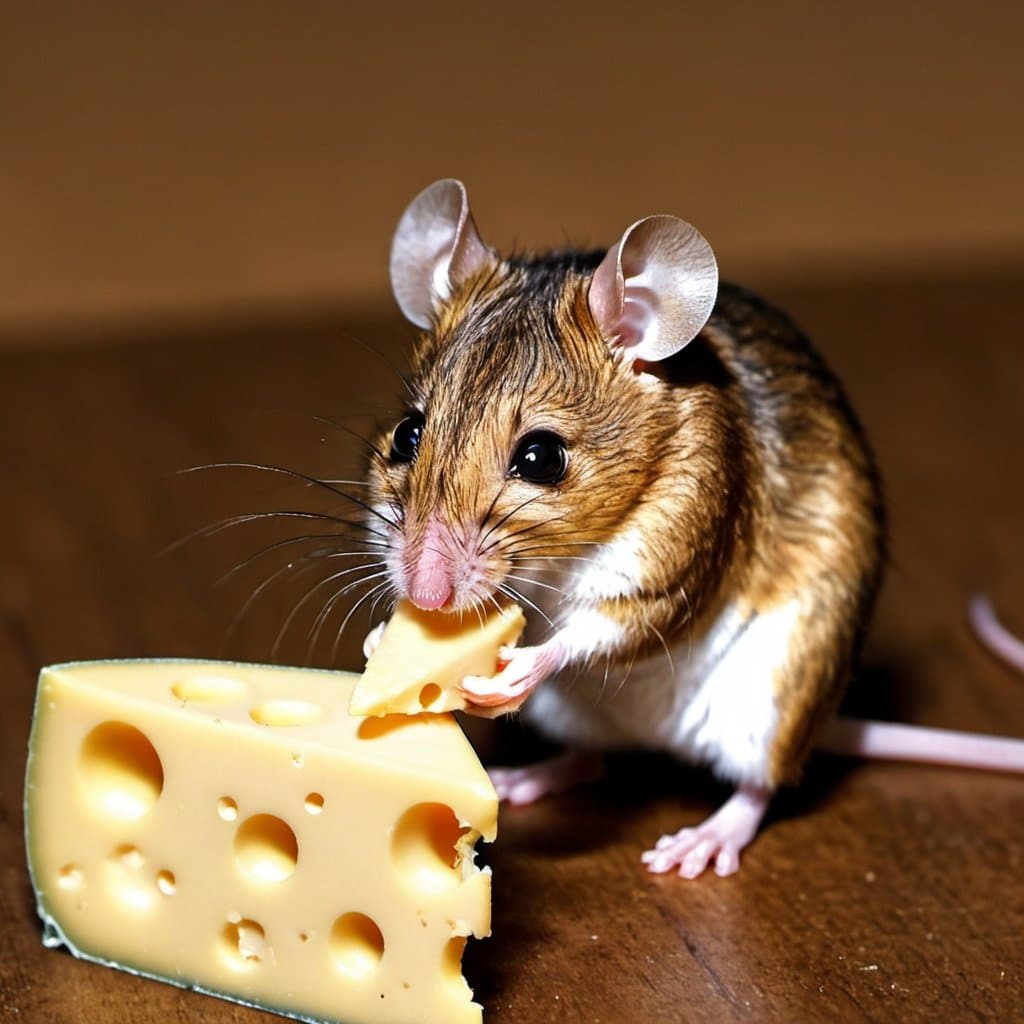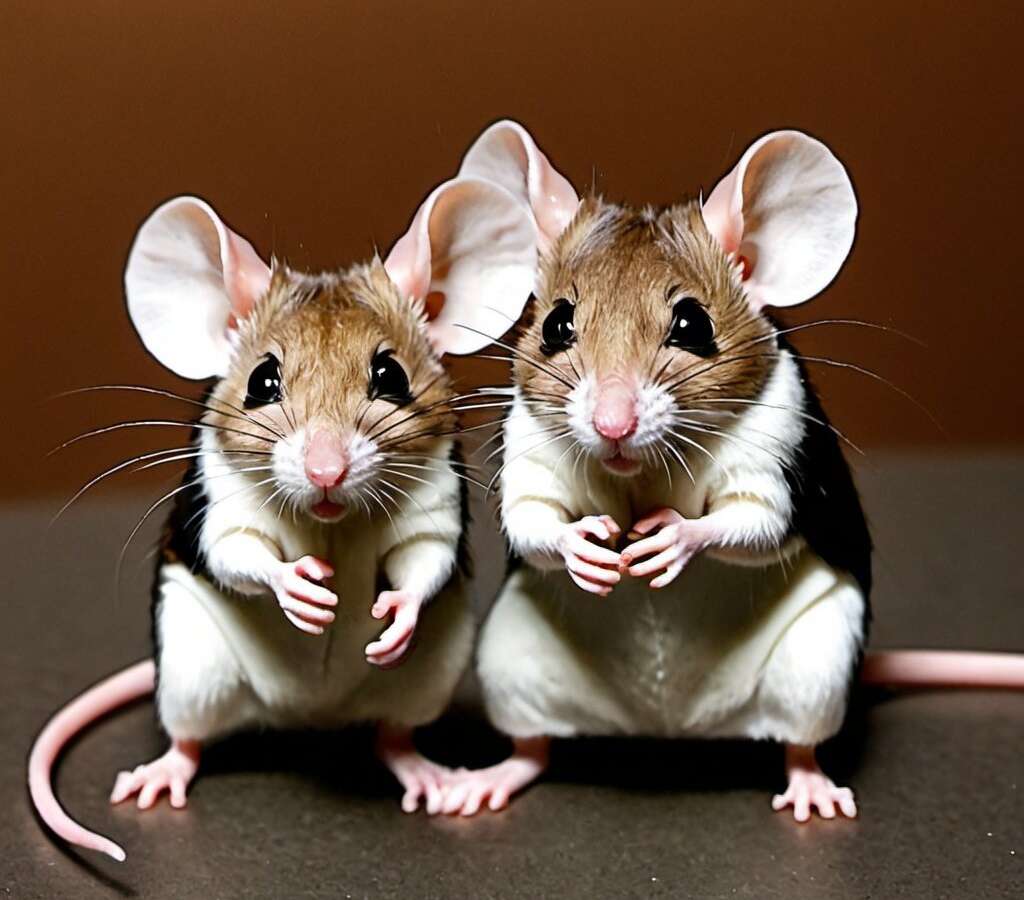It may surprise you to know that these small and furry animals have very active social lives. Scientists are finding out more every day about how mice interact and how mice communicate. Mice use squeaks in a range far above human hearing, body language and pheromones to communicate.
Sharing 98% of the same DNA as humans, these rodents are smarter than we give them credit for. Mice have a hierarchy of dominance in males and females. This dominance is useful in mapping out their territory, and protecting their young. Mice will even sing to one another and laugh!
PHEROMONES
Scents play a very active part in communication between mice. These scents are almost always delivered through urine in mice. The social structure of mice is also determined by dominance. In male mice, dominance is obtained by territory. Scientists have found that once dominance was established, the amount of pheromones in the dominant male’s urine almost doubled. And sexually mature females were more attracted to males with territory.
Females also use pheromones to interact. Their pheromones are used to regulate their reproductive cycles. The urine of lactating females has been shown to accelerate the maturity of younger female mice. The idea is that if the circumstances are good enough for one mother to successfully raise her young, the other mice should also begin to bear and raise pups. The opposite is also true. If they are under stress, females will produce a pheromone discouraging reproduction.
MICE CAN TALK?
Kind of… Mice use a system of squeaking in a range of hearing that is too high for humans to hear. But with sophisticated microphones and sound equipment, we are mapping out there communication. Female mice are more prone to “talk” in closer proximity to one another, and males are more prone to “shout” larger distances. This is probably to protect their territory. After mating, male mice will often “sing” a song to the female!
The California mouse is known to be monogamous. But when scientists took these mice, known to be in relationships, and changed their cage mates, causing infidelity, and then returning them to the original mate, they found some interesting things. These mice would bark at one another, as if in argument. They would be much more aggressive for a time, and then slip back into the behaviors they had before being separated. Yes, even mice have relationship problems!
BODY LANGUAGE
Mice can gesture and communicate with body movements. Males will often wag their tails as a sign of aggression. When this happens, often smaller or less dominant mice will cower, to avoid the fight. Of course, some mice will wag back and a fight will ensue. They also use grooming as a mode of language. Females will groom one another to establish friendships. Males will groom other males to establish dominance. They will groom the less dominant mouse’s face until some of the hair falls out. The mouse with the most facial hair is the most dominant.
Young mice will chase one another in play. This is the beginnings of dominant behavior. Mice raise and lower their ears in an effort to show their emotional status. Scientists have developed computer programs and equipment to categorize and calculate the body language of mice. And this is how mice communicate.
If you are in need of an exterminator in the Tulsa, Broken Arrow, Coweta, Owasso, Sand Springs, Sapulpa, Bixby, or Jenks area, feel free to Contact Us at TermMax Pest Control. We are here to help!



